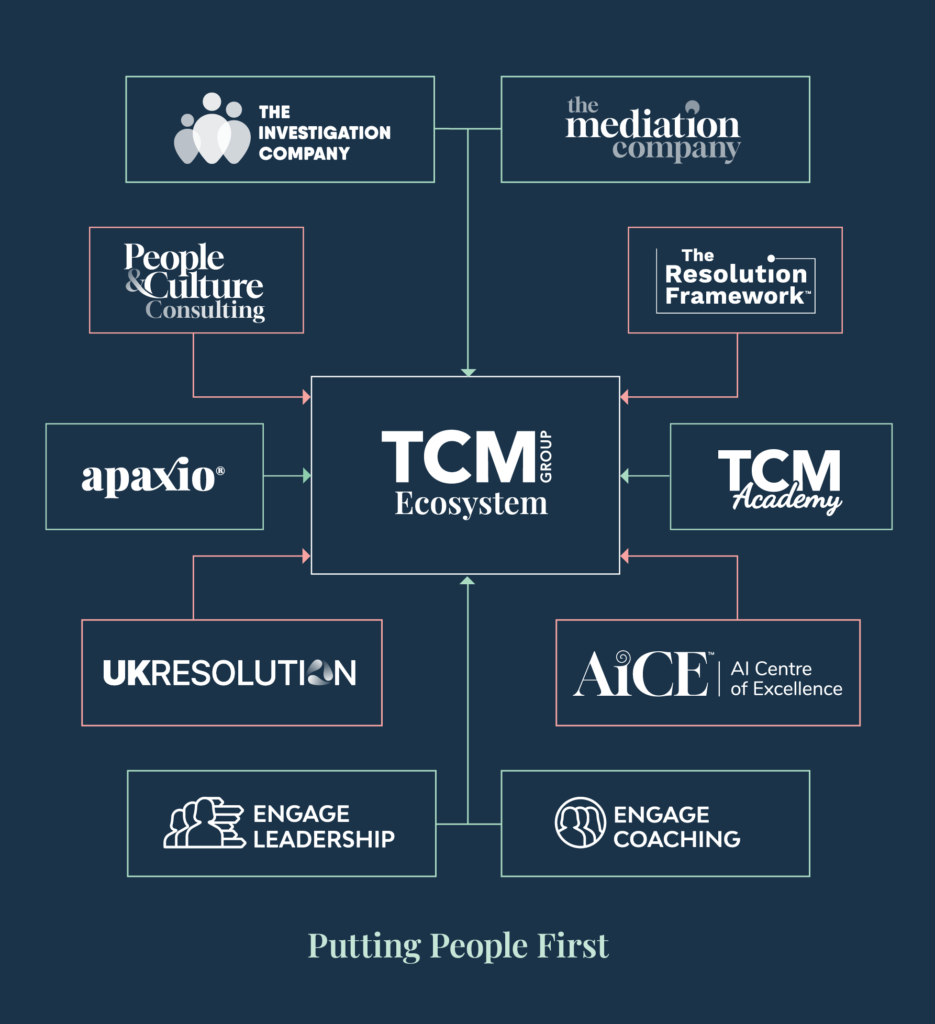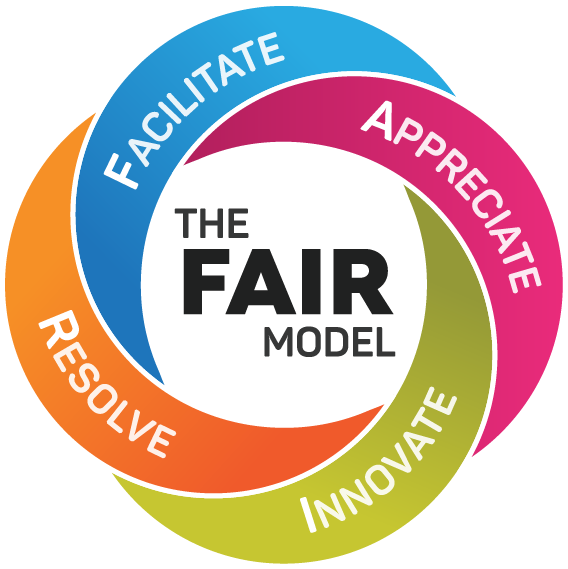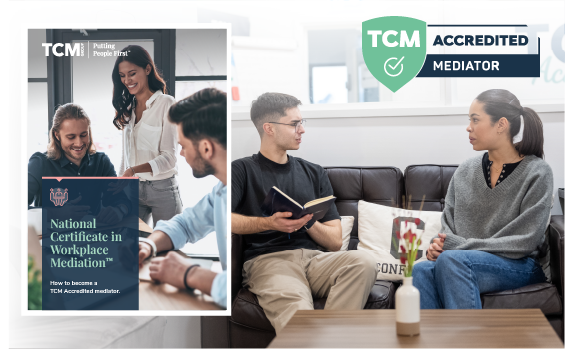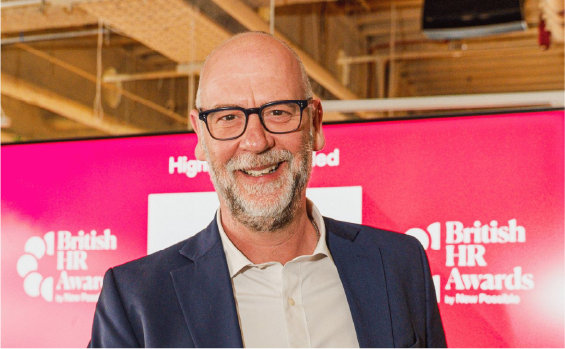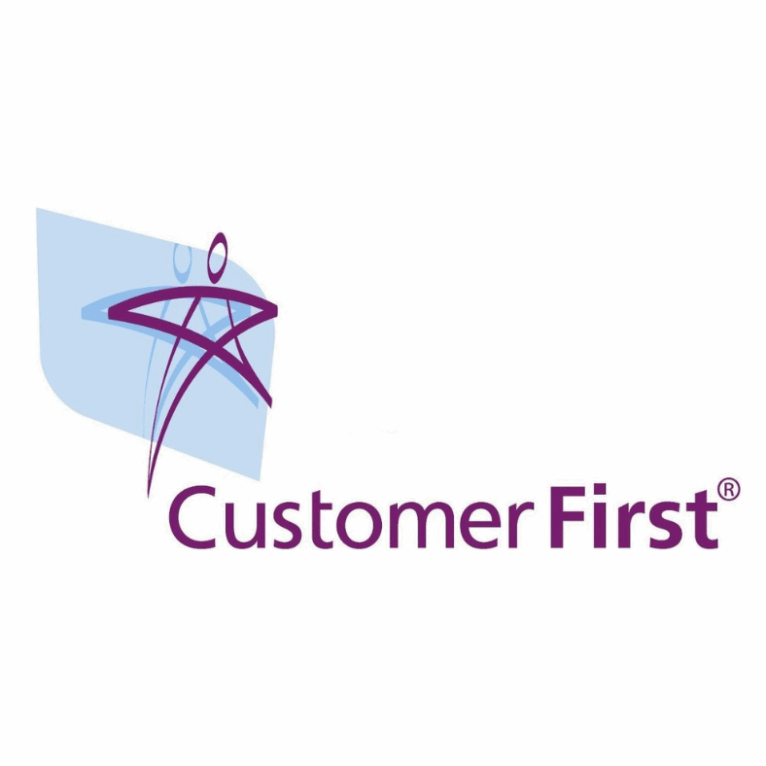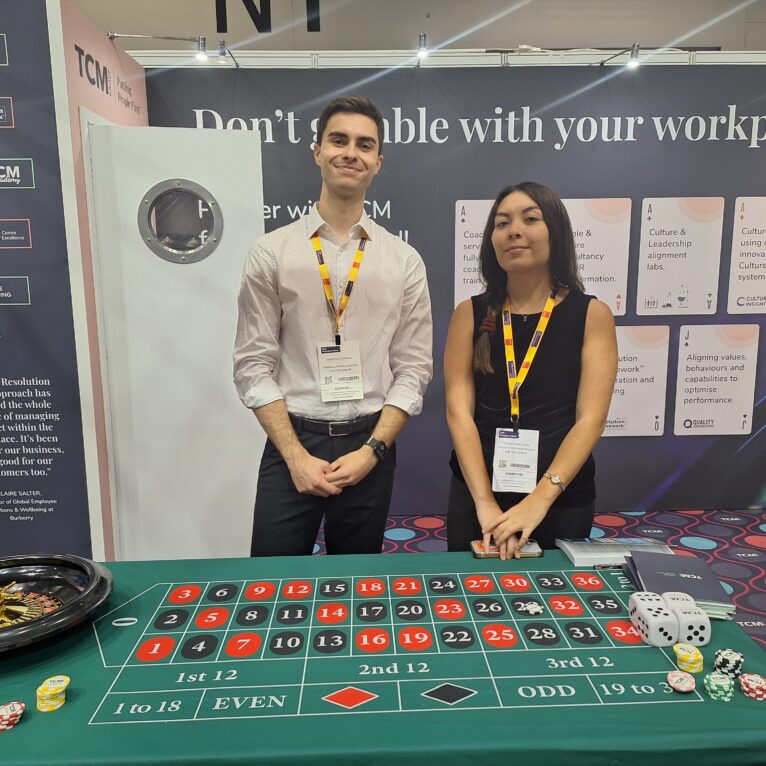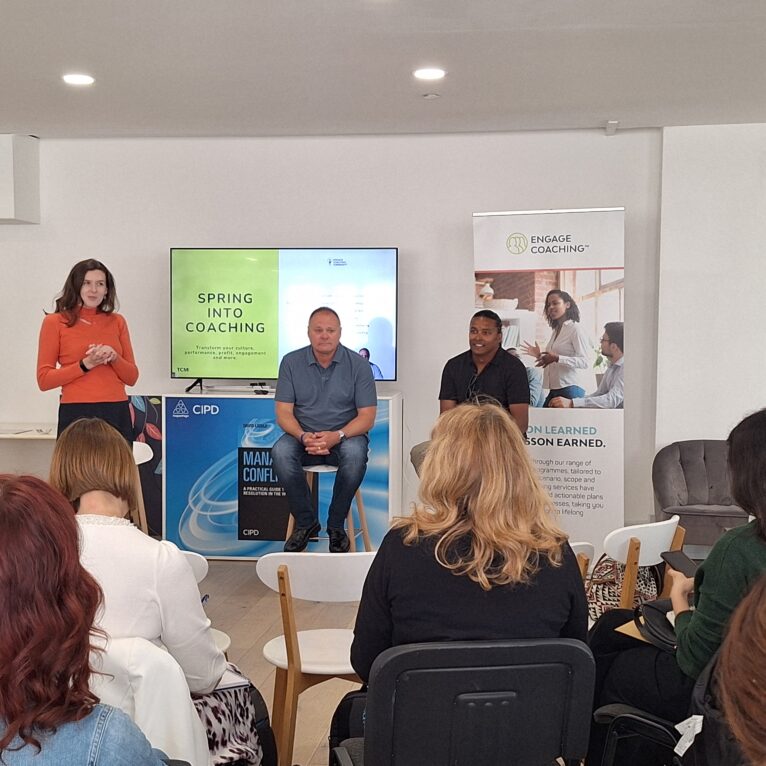
Share article:
Tags:
An excuse to write about Cricket in relation to the work that TCM do? Excellent.
As we finalise the building work on our new ‘Engage Coaching’ website, to showcase our unique range of workplace coaching and mentoring services, I reflect on my own experiences of coaching, through my main passion outside of work, Cricket.
When I’m not busy Marketing, I’m also a qualified ECB cricket coach and All Stars Activator, supporting and inspiring the development of young cricketers at my local club. I’m also very lucky to spend my winter months training with the National Fast Bowling Academy, a fantastic experience where I receive coaching on my own technique.
When I thought about how my own experiences might relate to the world of workplace coaching, quite a few ideas began to emerge.
Inspiring a love for the game
Let’s start at the beginning. The All Stars scheme was introduced by the ECB to provide an increased access to cricket for youngsters between the ages of 5 and 8. The programme is focused on giving children the very best first experience of the sport, with an emphasis on fun.
What are my key objectives as an All Stars Coach? My main aim is to make sure the children have fun, are kept safe, and pick up the skills that they need to play the game. How do I go about achieving this? Several key coaching techniques are involved:
- Demonstration: at the start of every activity, I will myself provide a display of what the children should be attempting to do. I will also take the time to pause and demonstrate the differences between correct and incorrect technique. “I’ve noticed that some of you are… instead could you try and…” If there is a particular child who has picked up the skill especially well, I might ask them to demonstrate also.
- Recognition: when I see a child doing something in the correct way, I’ll always try and let them know. I feel this positive reinforcement, combined of course with some praise goes a long way!
- Welcoming ideas: in some of the activities, I ask the children if they have any of their own ideas that they would like to feed in. I also welcome questions after any demonstrations or explanations to encourage curiosity.
- Building collaboration: across all the coaching sessions, the children are split into pairs, small groups, or teams. I encourage them to mix with all members of the group and support each other with their learning.
- Looking to the future: in the final session of this year’s programme, I took a break from the usual skills practices and set up more of a ‘real’ cricket match. The children bowled at each other, batted, fielded, and ran between the wickets like they would in a real match. I closed the session by saying that should they wish to continue with their cricket, this is what the sport would become. I hope that I inspired some to do so!
While there is of course a big difference between coaching youngsters to develop a love for a sport, and developing employees in the workplace, there are of course many similarities. I guess the key area of difference would be around demonstration. Workplace coaches do not have a coaching manual through which they can ‘demonstrate’ how any employee should act or behave. They will work based on the unique goals of the individual, and from these, help build an action plan towards achieving these.
So that’s a tick for ‘welcoming ideas’ within workplace coaching, for sure. Workplace coaches will also work with employees to identify their various strengths and weaknesses. In doing so, this can help guide the individual towards areas to focus on, and where they might look to improve. They’ll of course be encouraged to recognise their successes and build confidence from these. Recognition? Tick.
Collaboration, both at work and within sport are key. A key focus as part of any Engage Coaching programme is to support the individual(s) involved in working better with their colleagues, at any level. We achieve this, by focusing on unlocking the 7 key coaching dimensions (or 7 C’s), which include:
- Courage
- Connection
- Collaboration
- Common purpose
- Communication
- Compassion
- Curiosity
Certain types of coaching may also be tailored to support with improving especially challenging relationships. We call this conflict coaching. Collaboration? That gets a tick too.
Looking to the future? I won’t elaborate too much here. All of TCM’s expert coaches focus on taking their assigned employees to their desired (or perhaps dream) future self. We love working with individuals who are keen to progress with their careers, and career development coaching is another specialist area!
Be the best that you can be
Wow. There are more links than I might have thought between coaching sport to youngsters and workplace coaching services.
How about my experiences of being coached, then?
The National Fast Bowling Academy is a unique coaching programme, supporting cricketers to improve their bowling, across 3 key objectives:
- Speed
- Skill
- Mastery
I’m very privileged to have had the chance to work with some international cricketers, both past and present and the world’s most talented coaches. This Autumn, I’m joining the programme for my second year and am excited to see what the winter holds.
The approaches of the coaches across this programme are quite different to the way I work with the youngsters. There are four key technical areas of the bowling action around which all academy members are coached. We then all receive a separate strength and conditioning programme, sports psychology advice, and sprint coaching.
Upon reflection, the kinds of coaching techniques used by the academy coaches most closely reflect the approaches used as part of a workplace group or team coaching programme. Let’s have a look at some of the key similarities:
- Focusing on a collective goal: cricket academy attendees are all working towards a desire to bowl faster. An Engage Coaching group coaching programme will bring together individuals within an organisation with a common goal. They’ll benefit from learning, not only from our assigned coach, but from each other too.
- Accounting for individual strengths and weaknesses: in cricket, every bowler is different. For any cricket fans out there, I naturally swing the ball in towards the right hander. I want to keep this ability, but I’d also like to bowl quicker. The coaches adapt their approach to meet my desired goal, in the same way that a workplace coach might tailor their approaches differently for a senior leader, in comparison to an operational supervisor.
- Outlining areas that the whole group can work on: our academy head coach has developed a coaching programme based on the ‘4 tent pegs’ of a bowling action that any fast bowling action can centre around. Based on the shared goal of a group/ team coaching programme, Engage Coaching coaches will build an action plan, which the whole group can focus on, centred around our 7 earlier mentioned dimensions. In case you’ve forgotten them, here they are again!

Quite a few links between the cricket coaching world, and workplace coaching, then! Coaching has been one of our most popular products here at TCM over recent months, and I’m very excited to share our new Engage Coaching site with you, once it’s ready. It won’t be long, I promise! The site will serve to deliver a fully expanded range of coaching services, for employees, leaders, executives, groups, teams, and those involved in conflict!
As always, if you’d like to discuss our coaching offering, or any of our products and services in more depth, then please do get in touch!
